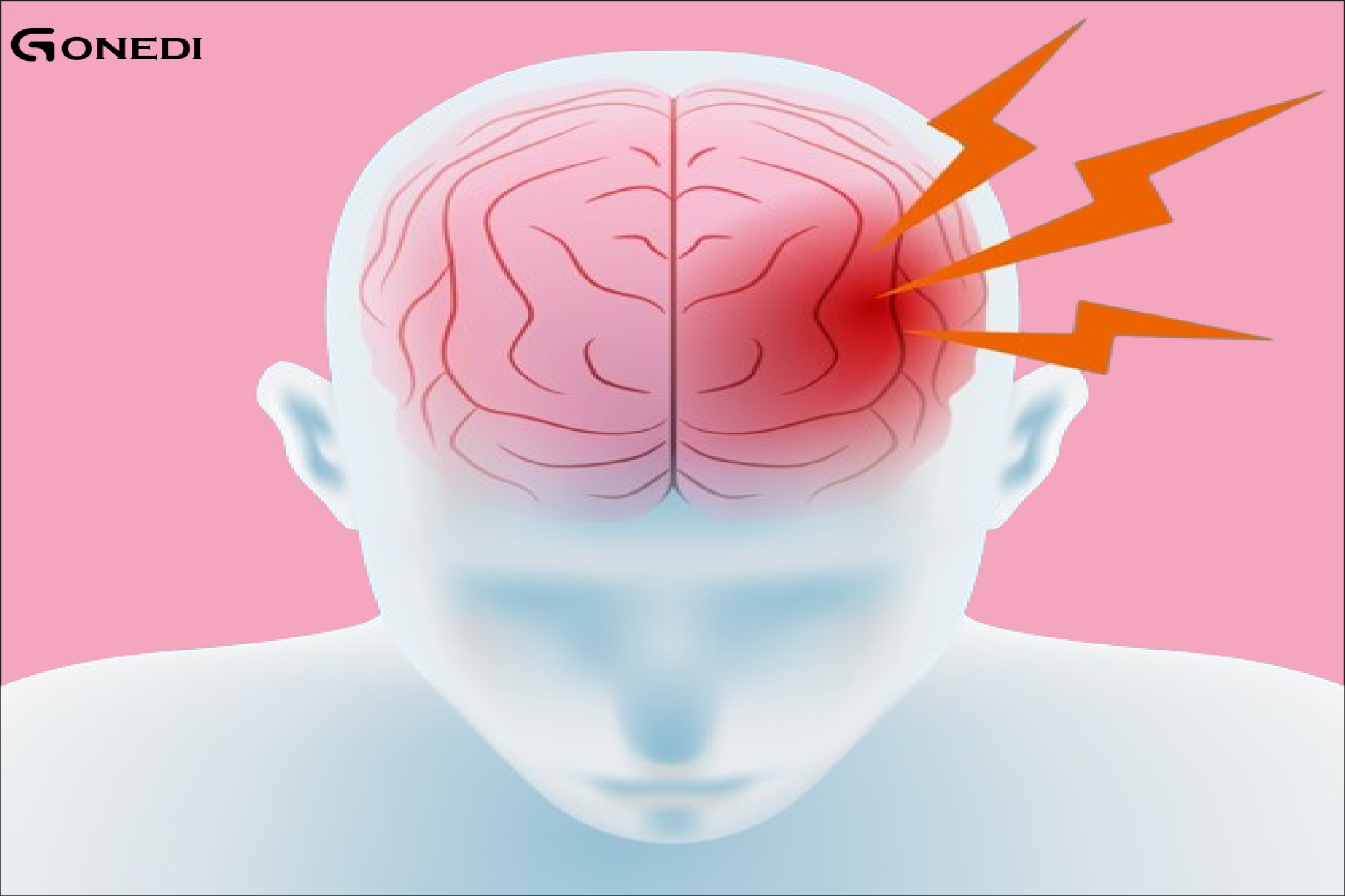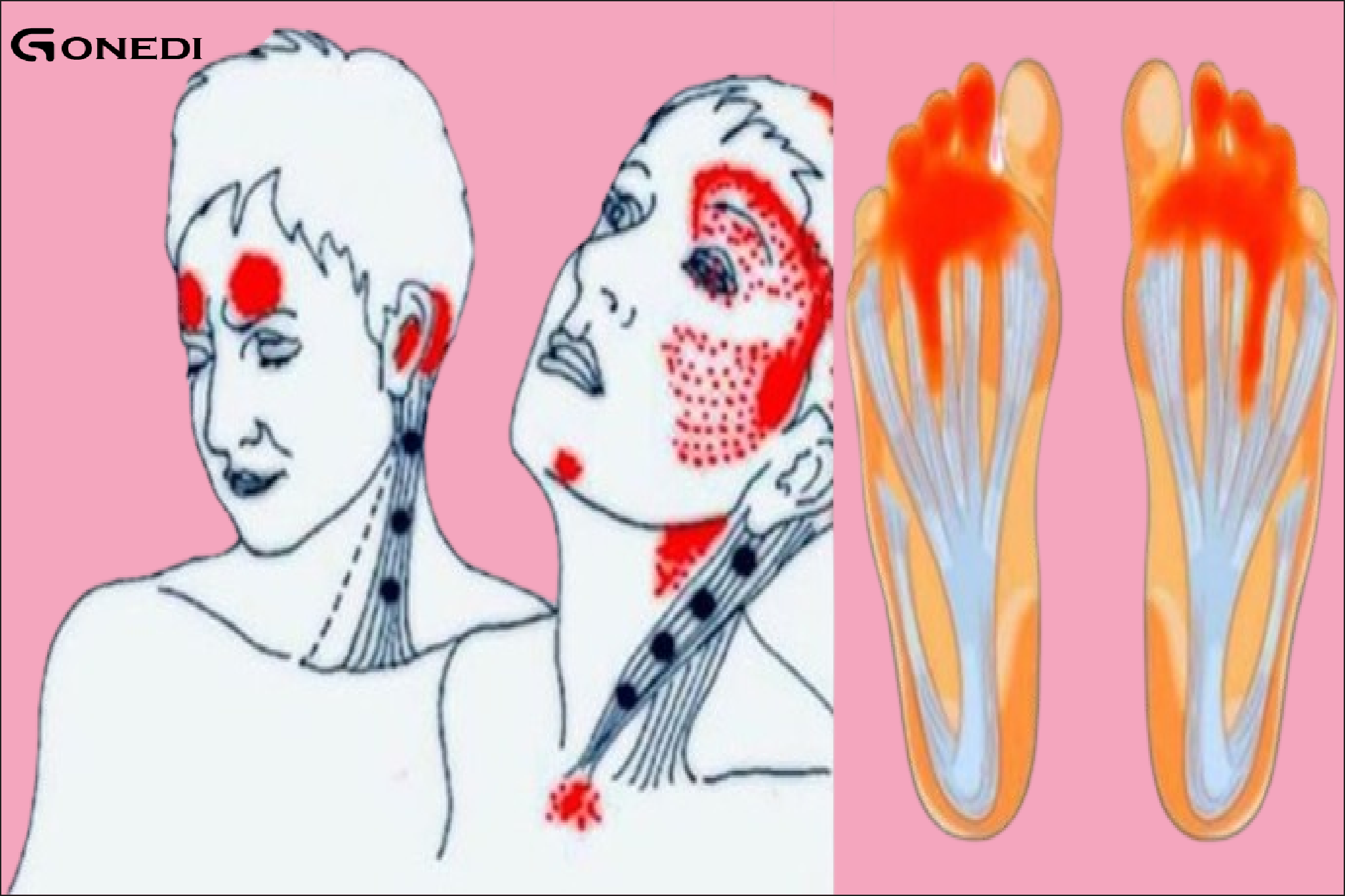6 warning signs and symptoms of stroke
Although often overshadowed by its more dramatic counterpart, a mini-stroke, or transient ischemic attack (TIA), is a warning sign that should not be ignored. Although temporary, a minor stroke can serve as a precursor to a more severe stroke, making early recognition crucial. In this article, we will explore the subtle but important warning signs and symptoms of stroke, enabling you to take quick action and potentially prevent a more serious cerebrovascular event.
1: Understanding Little Strokes – The Silent Intruders
Before delving into the warning signs, it is important to understand what a stroke is and its importance. This section will provide an overview of transient ischemic attacks, their short duration, and potential implications for future stroke risk.
2: Sudden and temporary weakness or numbness
One of the hallmark signs of a stroke is sudden weakness or numbness, often on one side of the body. This section will explore the underlying causes of this symptom and highlight its transient nature, emphasizing the importance of recognizing and reporting such episodes promptly.
3: Speech and language disorders
Speech and language disorders can be subtle but crucial indicators of a stroke. This section will delve into the different ways a TIA can affect communication, from slurred speech to difficulty finding the right words, and how these symptoms warrant immediate attention.
4: Visual disturbances
Changes in vision, such as sudden blurriness or loss of vision in one or both eyes, can be warning signs of a mini-stroke. This section will explore the relationship between transient ischemic attacks and visual disturbances, and highlight how these symptoms can serve as red flags for impending cerebrovascular events.
5: Dizziness and loss of balance
Dizziness, lightheadedness, and sudden loss of balance are warning signs that can be associated with a mini-stroke. This section will discuss the relationship between these symptoms and temporary interruption of blood flow to the brain, with an emphasis on the importance of seeking medical care when such attacks occur.
6: Severe headache without a clear cause
Although a severe headache with no apparent cause is not as common as other warning signs, it can sometimes be an indicator of a stroke. This section will explore the possible relationship between certain types of headaches and transient ischemic attacks, emphasizing the need to consider all symptoms seriously.
7: Risk and prevention factors
Understanding the risk factors associated with strokes is crucial for prevention. This section will discuss factors such as high blood pressure, diabetes, and lifestyle choices that can contribute to the likelihood of having a transient ischemic attack. In addition, it will touch on preventive measures and lifestyle changes that can reduce risks.
Act fast for a safer tomorrow
In conclusion, recognizing the warning signs and symptoms of mini-stroke is the first step toward preventing a potential stroke and maintaining your overall health. By remaining vigilant and taking immediate action when these subtle indicators appear, you enable yourself to seek timely medical care, potentially avoiding a more serious cerebrovascular event. As you navigate the complex landscape of neurohealth, remember that awareness, rapid response, and preventive measures are your strongest allies in the quest for a healthier, safer tomorrow.


